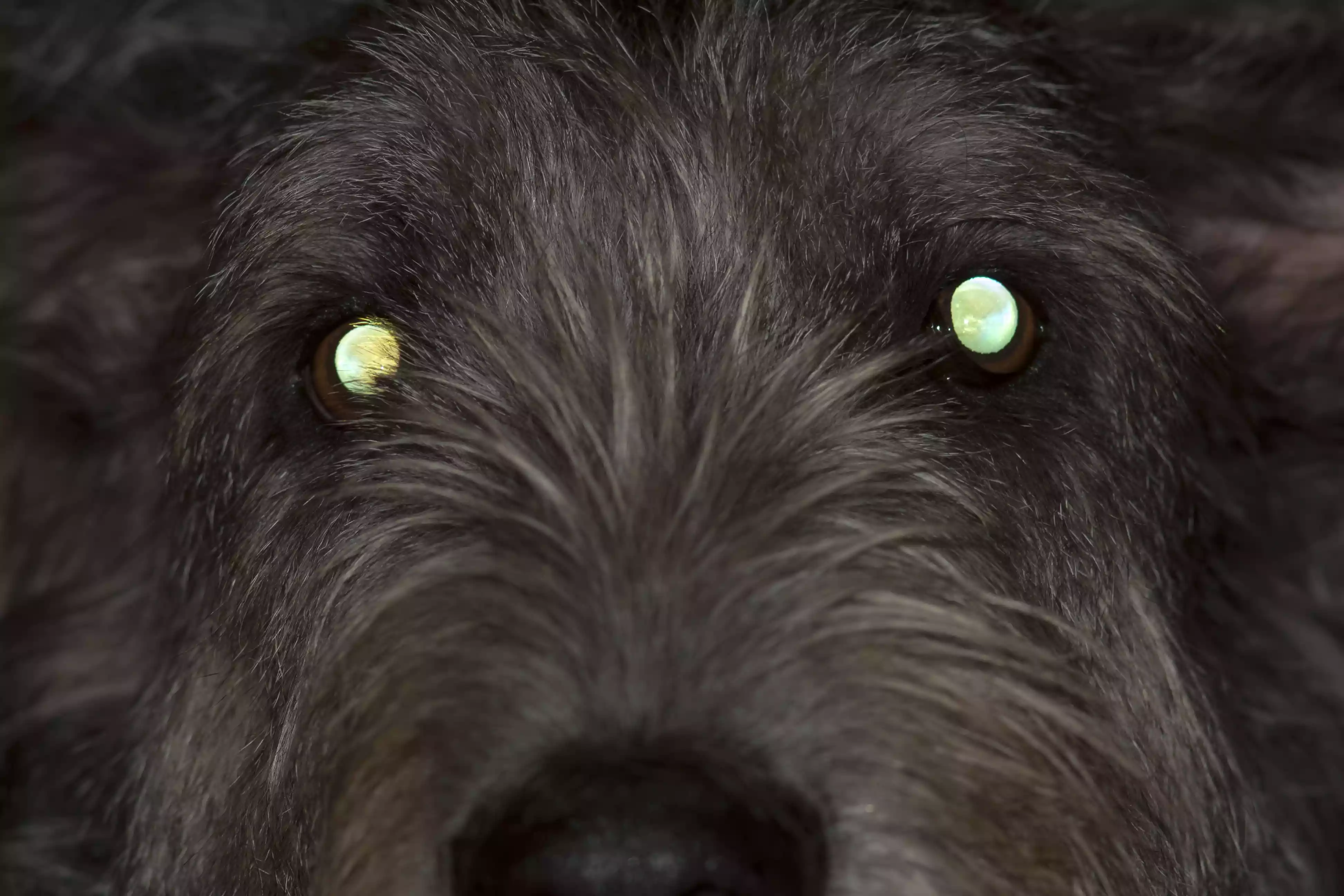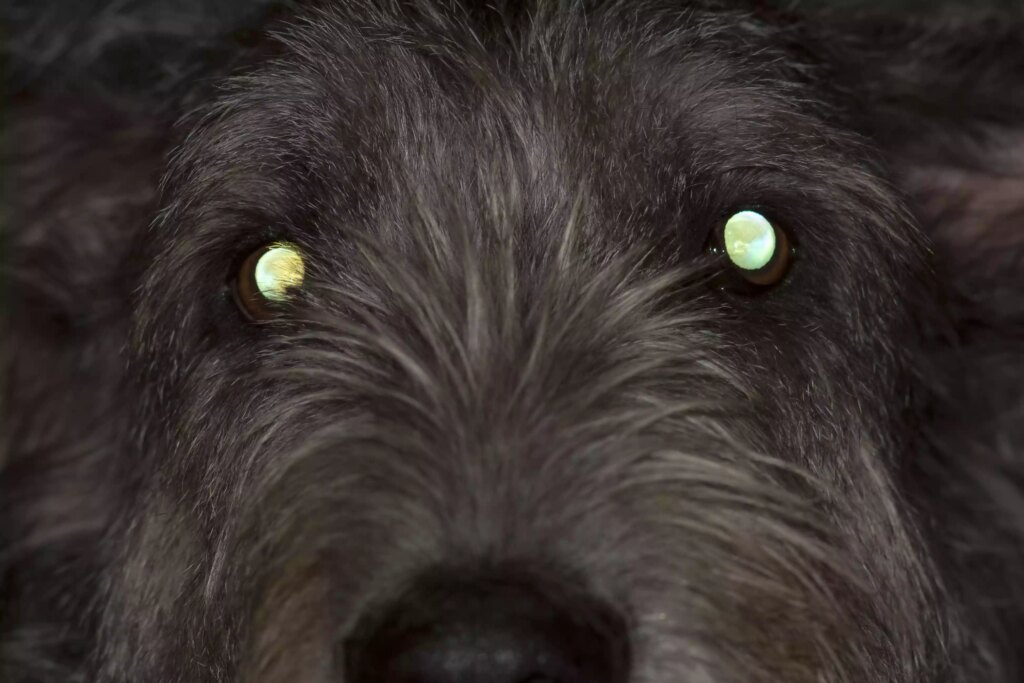You may have heard that dogs have remarkable night vision, but can they actually see in the dark? Many owners leave lights on for their dogs when they are out at night and even feel bad if they accidentally leave their dogs in the dark. But your dog probably doesn’t mind the dark. Your dog’s eyesight is more advanced than you might think.
Can dogs see in the dark?
Dogs can see much better than humans in low light. While they cannot see much in complete darkness, they can see quite well in the dark, where there is only the smallest amount of light. Dogs’ eyes are able to pick up small amounts of light and process images that humans would never see in the dark. A night light, street lamp, flashlight, or even the moon and stars can provide enough light for dogs to see almost as well as they can in bright light.
Recommended video
How dogs see in low light
On the surface, a dog’s eye can be very similar to a human’s. However, there are some very important differences in the structure of the dog’s eye that allow it to have superior night vision.
Animal and human eyes can receive images in a similar way: light enters the eye through the cornea, which bends the light to focus the image. Some of the light goes through the pupil – how much depends on the pupil opening. The muscles in the iris control how wide or narrowed the pupils are, depending on the light conditions. A dog’s pupil opens wider than that of a human and lets in more light.
Light passes through the lens of the eye, a structure that focuses light through the vitreous humor onto the retina. The lens is responsible for focusing images at different distances. A dog’s lens is closer to the retina than a human’s lens, which makes the images brighter.
Next, the light hits the retina, where photoreceptors like rods and cones process the image and send signals to the brain. Rods are responsible for processing images in low light. Cones are responsible for color vision and are less sensitive to light than rods.
There are rods and cones in the retina in both humans and dogs, but the amounts vary between species. A human retina contains more rods than cones, so people can see vivid colors in bright light and very little in low light. A dog’s retina has many more rods than cones, suggesting that dogs don’t see vivid colors, but they can see images much more clearly in low light.
Dogs have something that humans lack: mirror-like tissue in the fundus called tapetum lucidum. This structure gives the retina an additional opportunity to register the light that has entered the eye. The tapetum also scatters light, so these images may not be as clear as they would be in bright light.
You may have noticed your dog’s tapetum when you snap a flash photo or look into your dog’s eyes in the dark. Because of this, dog eyes seem to glow in the dark.

What to do if your dog has poor night vision
Some dogs seem to see better in the dark than others, but it is safe to say that most see much better than humans. If you think your dog is not seeing well at night, there may be an eye-related reason. If you find that your dog used to see well in the dark but is now struggling with night vision, there could be an eye problem that is leading to vision loss.
Many dogs experience some loss of vision as they age. First of all, you may notice this loss of vision more strongly at night than during the day. Age-related eye changes, such as lens sclerosis, can affect a dog’s vision, especially in low light. Cataracts can develop and progressively worsen, causing loss of vision that is more noticeable in darker conditions.
Contact your veterinarian if your dog’s eyesight appears to be changing. Your veterinarian may be able to determine the cause and offer treatment that can prevent blindness.

